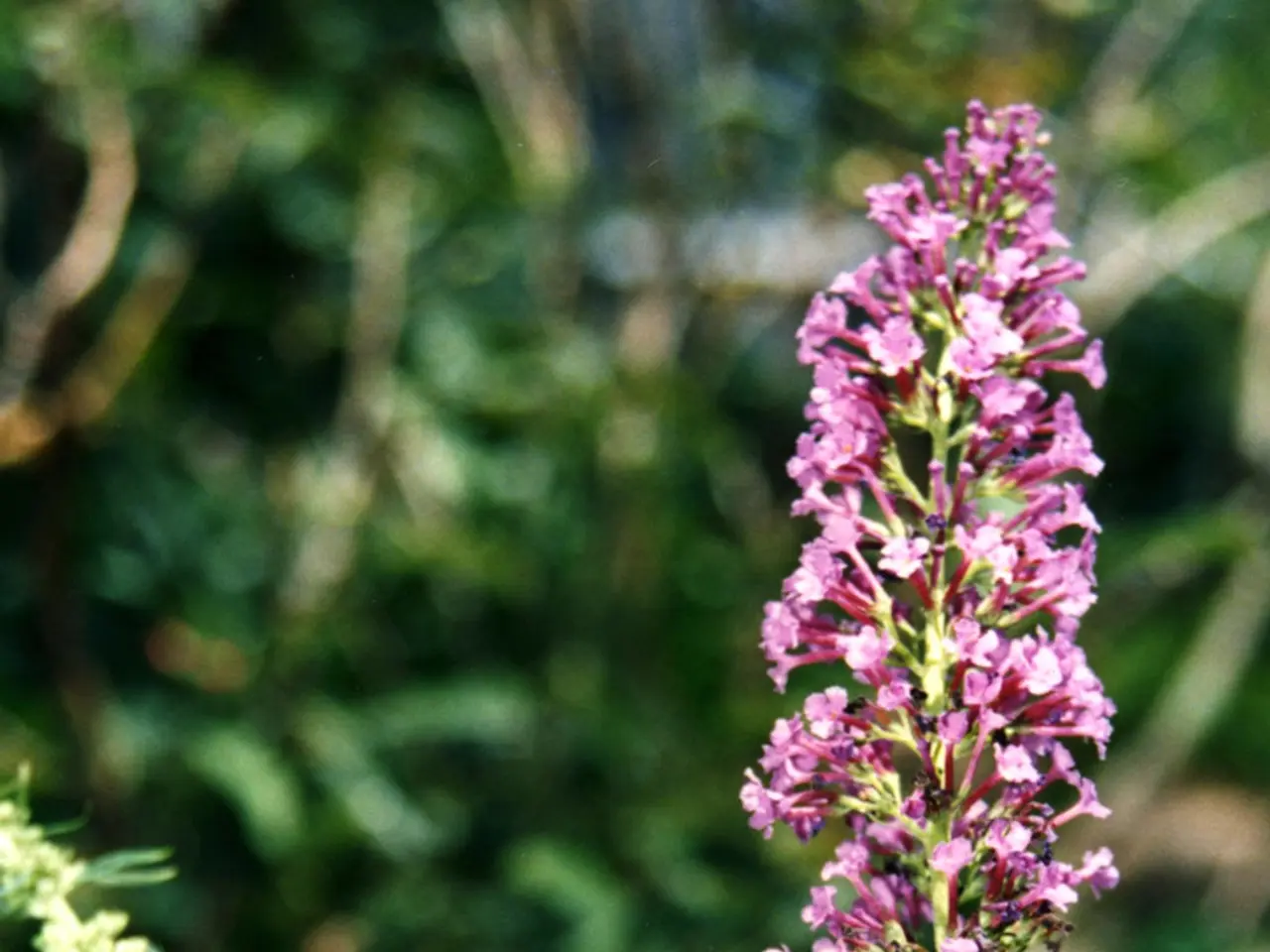Transform Your Backyard into an Officially Recognized Pollinator Sanctuary: Guide for Obtaining Pollinator Garden Certification
Pollinator numbers have been declining in many areas, with bee populations taking a significant hit, among other factors such as pesticide use, invasive species, and climate change. However, there's hope on the horizon. By certifying a garden, you can become part of the solution to this pressing issue.
But what does it mean to certify a pollinator garden, and how can you go about it?
The Basics of Pollinator Garden Certification
There isn't a single pollinator certification program, so it's essential to check with local extension offices for the certification relevant to your area. Many extension offices offer certification through the master gardener program and provide specific guidelines for native plants that best support pollinators.
A certified pollinator garden must have a diversity of flowering plants, both nectar and host types, blooming across seasons, and habitat features that support pollinator survival and reproduction, plus minimal chemical use and good sun and water availability. These standards ensure the garden provides meaningful habitat to help sustain pollinator populations.
Key Elements of a Pollinator Garden
To improve a garden for pollinators, first, plant native species and remove invasive ones. Provide water sources, offer shelter, and reduce pesticide use. A pollinator habitat must include food sources, a water source, shelter and nesting areas, minimal or no pesticide use, and control of invasive species.
Certification Programs for Pollinator Gardens
Several organisations offer certification programs for pollinator gardens. For example, the North American Butterfly Association provides a Certified Butterfly Garden by offering butterfly nectar and caterpillar food sources. The National Wildlife Federation offers a Certified Wildlife Habitat program for creating yards and gardens that support all kinds of native wildlife.
The Wildlife Habitat Council offers a Conservation Certification, which is difficult and expensive to qualify for, typically reserved for businesses, organisations, or cities, and includes education programs. On the other hand, Monarch Watch offers the Monarch Waystation Certification, promoting planting milkweed as a host plant, various nectar plants, and sustainable gardening practices.
The Certification Process
Many certification programs involve submitting an application with photos, after which you receive a certificate and optionally a sign for your garden. For instance, the Cincinnati Zoo's Plant for Pollinators program requires at least one nectar plant and one host plant, plants blooming across spring, summer, and fall, and ensuring key habitat features such as nesting areas, water sources, and good sun exposure.
Enhancing Your Pollinator Garden
To make your pollinator garden even more attractive, consider incorporating a "bee lawn" (mix of lawn with flowering plants) or creating a pollinator-friendly meadow with a diversity of native perennials. These enhancements can significantly increase the habitat value of your garden.
Protecting and Supporting Local Ecosystems
Certifying a pollinator garden is a way to protect and support local ecosystems and wildlife. By submitting an application for pollinator garden certification after implementing these improvements and displaying the official sign in your garden, you can inspire others to do the same. Together, we can help sustain pollinator populations and create a more biodiverse, thriving environment for all.
- To support the certification of a pollinator garden, you should research local extension offices or specialized programs, such as the master gardener program, for guidelines specific to your area.
- By implementing strategies like planting native species, providing water sources, and minimizing pesticide use, you can create a pollinator garden that is certified by various organizations, helping to increase local biodiversity and sustain pollinator populations.




